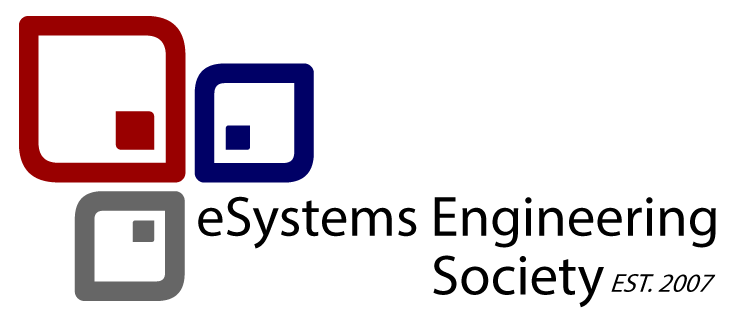
Dr. Jon Garibaldi
Title: Fuzzy Reasoning in Clinical Decision Support
Fuzzy sets were introduced by Zadeh in the 1960s, and were subsequently expanded into a complete systematic framework for dealing with uncertainty. As part of the generic fuzzy methodologies, fuzzy inference systems were proposed for the modelling of human reasoning with uncertain data and knowledge. However, standard fuzzy sets and fuzzy reasoning do not model the variability in decision making that is typically exhibited by all human experts in any domain. Variation may occur among the decisions of a panel of human experts (inter-expert variability), as well as in the decisions of an individual expert over time (intra-expert variability).
Dr Garibaldi has introduced the concept of non-stationary fuzzy sets, in which small changes (perturbations) are introduced in the membership functions associated with the linguistic terms of a fuzzy inference system. These small changes mean that each time a fuzzy inference system is run with the same data, a different result is obtained. It is straight-forward to extend this notion to create an ensemble fuzzy inference system featuring non-stationary fuzzy sets. In this talk (aimed at an audience not completely familiar with fuzzy methods), non-stationary fuzzy sets and reasoning will be explained in detail, and its use in several real-world scenarios of decision support in medical contexts will be described. Results will be presented to demonstrate the benefits of non-stationary fuzzy reasoning.
———————————————————
Prof. RICHARD ZOBEL

Title: Some Recent Developments in Modelling and Simulation Associated with International Research into Causes, Prediction and Protection in Relation to Tsunami
There are many historical records of tsunami in recorded history, right back to biblical times and even earlier. These were not generally understood and the causes were not properly identified. Recent developments in geophysics, particularly in relation to the development of the science of plate tectonics, have given rise to a better understanding of the underlying processes. The 2004 tsunami was a massive wake-up call and this has created an enormous interest in the understanding, prediction and causes of tsunami. The author has been working for many years with the Computer Engineering Department at the Prince of Songkla University in Hat Yai and more recently in Phuket, Thailand. He was in Manchester when the tsunami struck and was leaving to travel to Phuket, just two days after the event. The experience of being in Phuket during the aftermath of the tsunami was shattering, but left the author with a determination to improve the prospects of survival from future tsunami attacks.
The lecture concentrates on the collection of data obtained from beaches in Phuket and the ensuing study leading to proposals for improving survival in future events. It goes on to present the development of the Indian Ocean Distant Early Warning System (DEWS) project and its results and conclusions. It further considers the work of a European group evaluating the problems and predictions for vulnerability to tsunami in the seaboard areas of Western Europe and in the Mediterranean. This need arises from the fact that there was no Distant Early Warning System for the Indian Ocean (and particularly for the subduction zone in the Andaman Sea) and realisation that there is no such system for the Eastern Atlantic Ocean or the Mediterranean Sea.
The lecture is illustrated with the support of many of the authors

